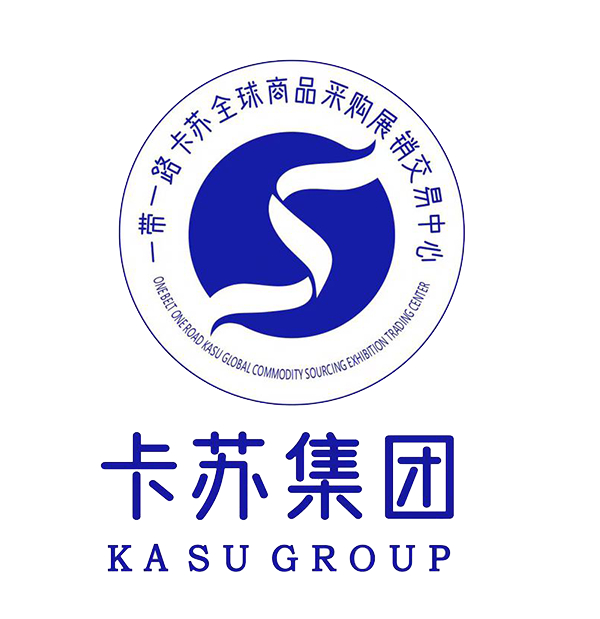Organizing exhibitions and conferences is a multifaceted endeavor that requires meticulous planning, coordination, and execution. These events serve as platforms for businesses, professionals, and enthusiasts to network, share knowledge, and showcase innovations. Whether it’s a small local event or a large international conference, the success of these gatherings hinges on several critical factors.
Key Steps in Organizing Exhibitions and Conferences
Planning and Conceptualization
Define the purpose and goals of the event.
Identify the target audience.
Choose a theme or topic that resonates with the audience.
Budgeting
Determine the budget for the event.
Allocate funds for various aspects such as venue, marketing, speakers, and logistics.
Monitor expenses to avoid overspending.
Venue Selection
Choose a venue that is accessible and suitable for the size of the event.
Consider factors like location, facilities, and technical support.
Ensure the venue can accommodate all planned activities.
Marketing and Promotion
Develop a marketing strategy to attract attendees.
Utilize social media, email campaigns, and partnerships to reach a broader audience.
Create promotional materials like brochures, banners, and websites.
Speaker and Exhibitor Management
Invite knowledgeable and engaging speakers.
Coordinate with exhibitors to ensure they have what they need.
Plan the schedule to maximize engagement and learning opportunities.
Logistics and Operations
Arrange for catering, transportation, and accommodation if necessary.
Ensure all technical equipment is in place and functioning.
Provide clear signage and information for attendees.
On-Site Management
Have a team in place to handle registration, information, and troubleshooting.
Ensure smooth transitions between sessions and activities.
Gather feedback to assess the success of the event and identify areas for improvement.
Benefits of Organizing Exhibitions and Conferences
Networking Opportunities: These events provide a platform for attendees to meet and connect with industry peers, potential clients, and partners.
Knowledge Sharing: Conferences and exhibitions are excellent venues for sharing the latest research, trends, and innovations.
Brand Visibility: For businesses, these events offer a chance to showcase products and services to a targeted audience.
Professional Development: Attendees can gain new skills and insights, enhancing their professional growth.
Conclusion
Organizing exhibitions and conferences is a complex but rewarding process. By focusing on detailed planning, effective promotion, and smooth execution, event organizers can create memorable experiences that provide significant value to all participants.





